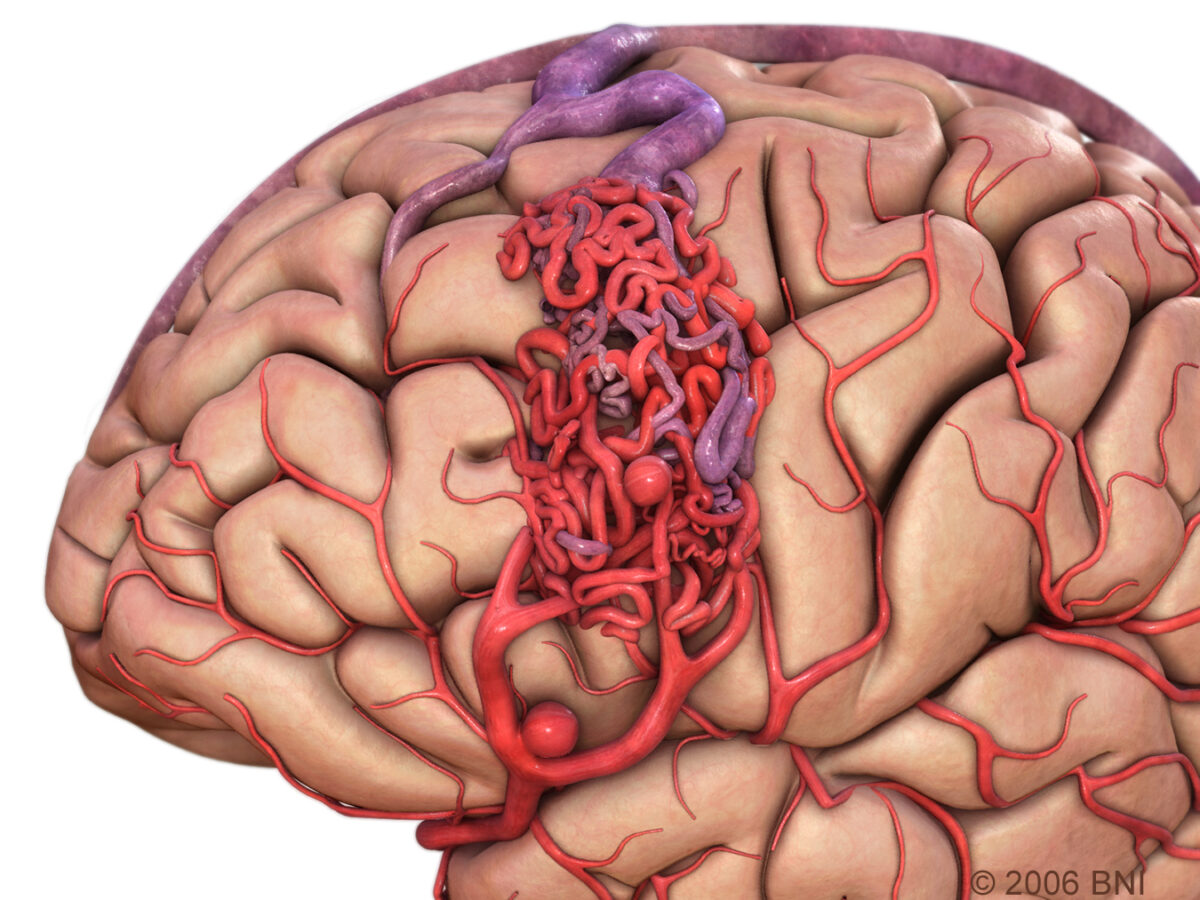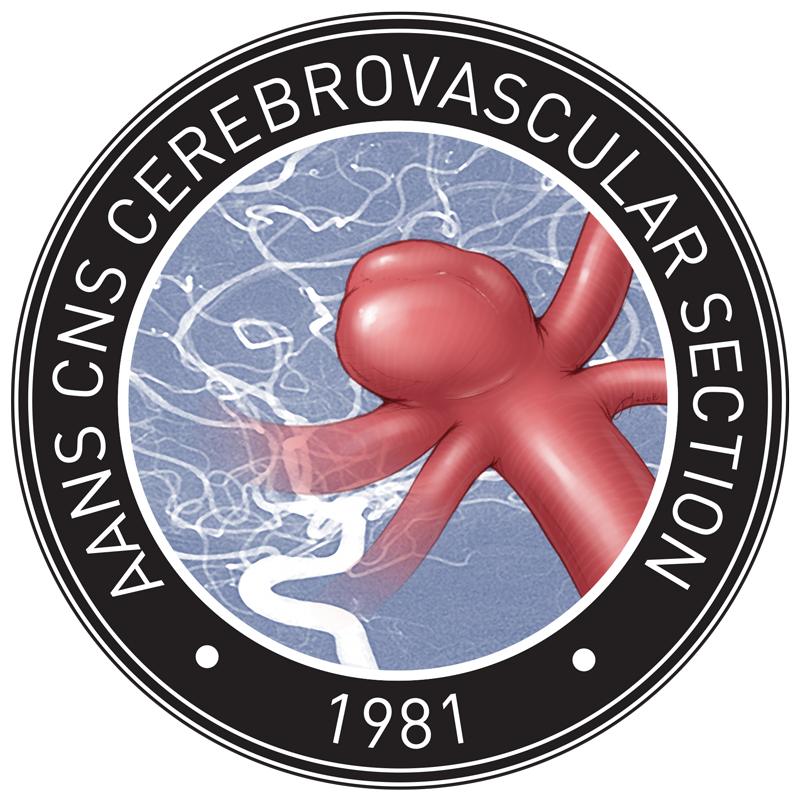An Update on Medications for Brain Arteriovenous Malformations

Brain arteriovenous malformations (bAVMs) have a prevalence of 1 to 2 per 100,000 person-years with an annual rupture risk of approximately 2-4%. Although conventional treatment such as surgical resection, endovascular embolization or radiation therapy can be effective, they are associated with procedural risks. Moreover, many patients with bAVMs are not candidates for interventional treatment, whether ruptured or unruptured due to size or location. To date, no medications have been proven to significantly decrease the hemorrhage risk or medically manage bAVMs.
A recent review by Raper et al. discusses the potential new options as well as ongoing trials for bAVM medical therapy. The authors evaluate the literature as they describe how advances in our understanding about the formation, growth and rupture of bAVMs has led to the development of precise therapeutic options. Various pathways and their target are reviewed, as well as current pharmaceuticals that are being applied.
Some of the targets discussed include: the angiogenic pathway via the vascular endothelial growth factor (VEGF), impairment of the blood-brain barrier (BBB), as well as matrix metalloproteinase overexpression (MMP). The authors also include a summary of hopeful medications that are still in the early stages of development or may require adaptation from other therapeutic conditions.

See the full article here.
